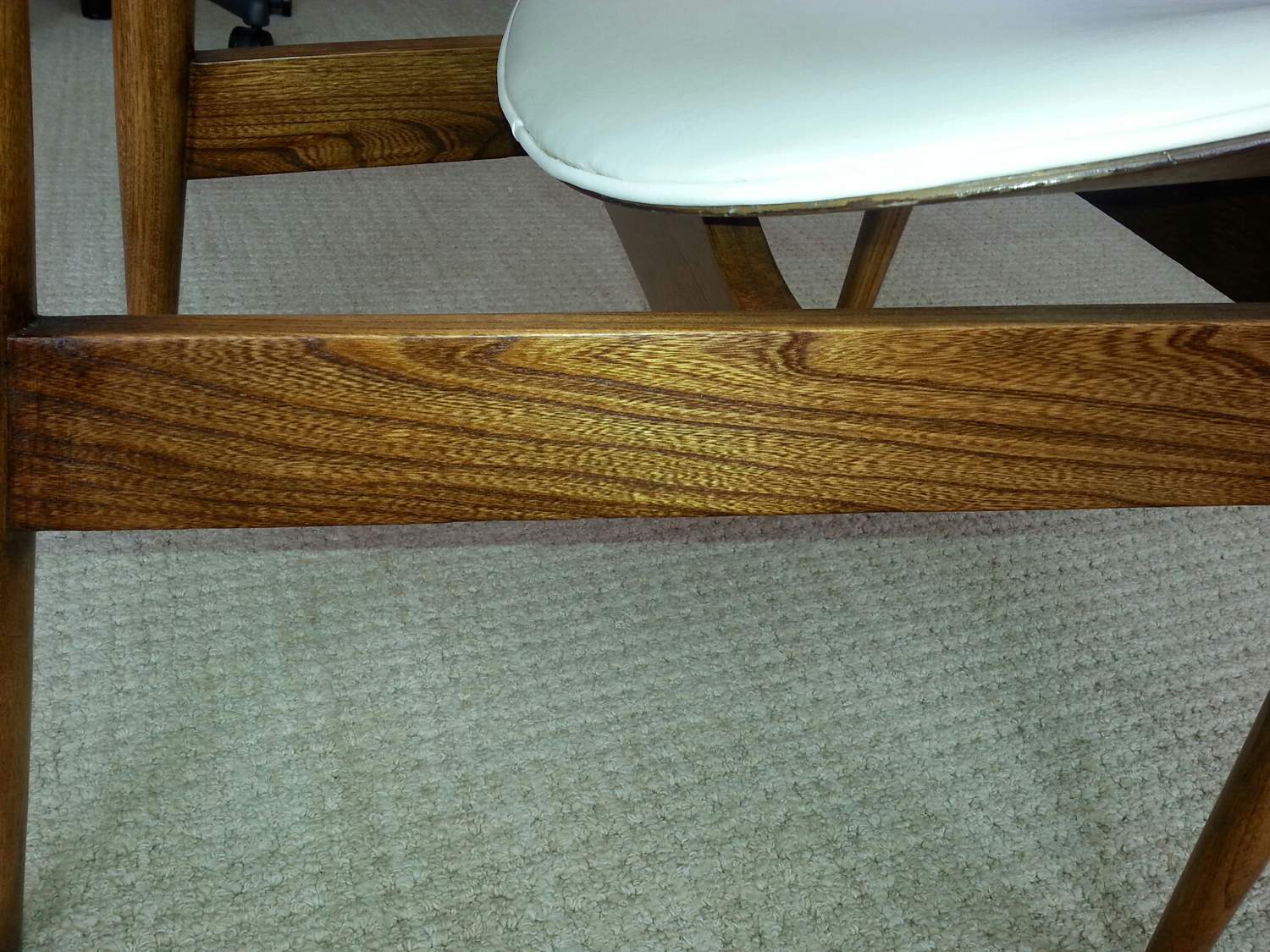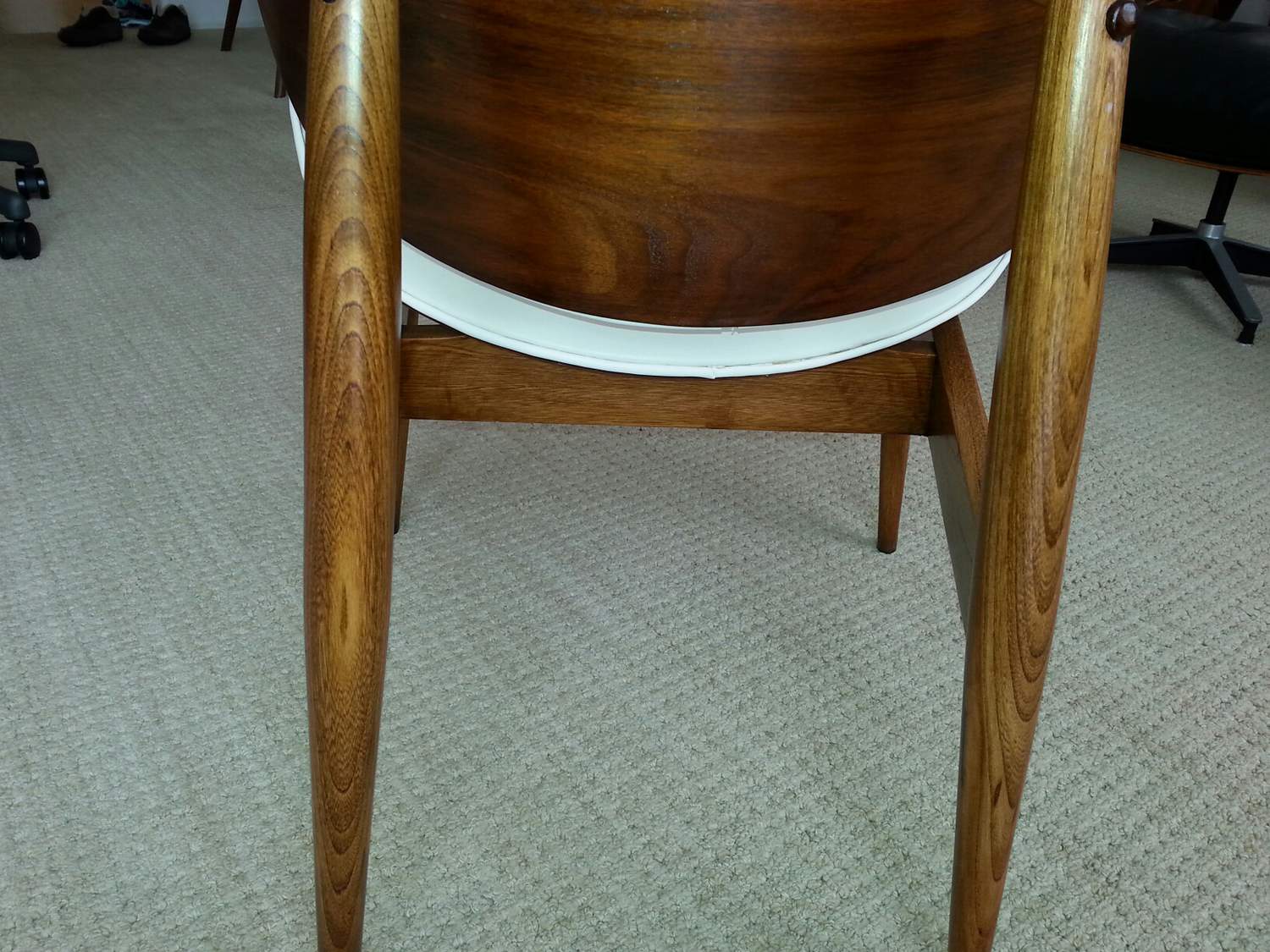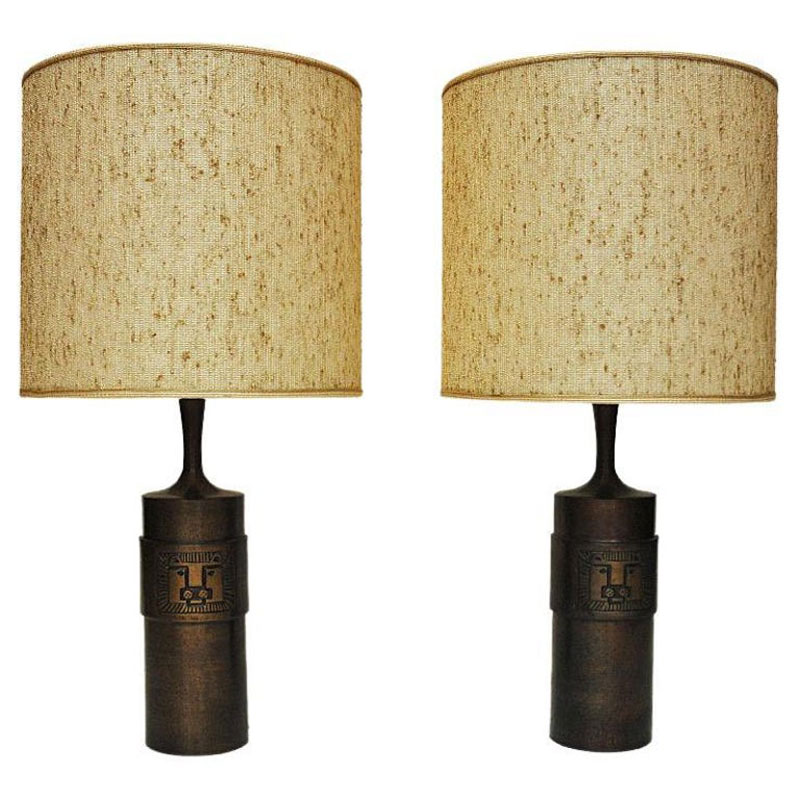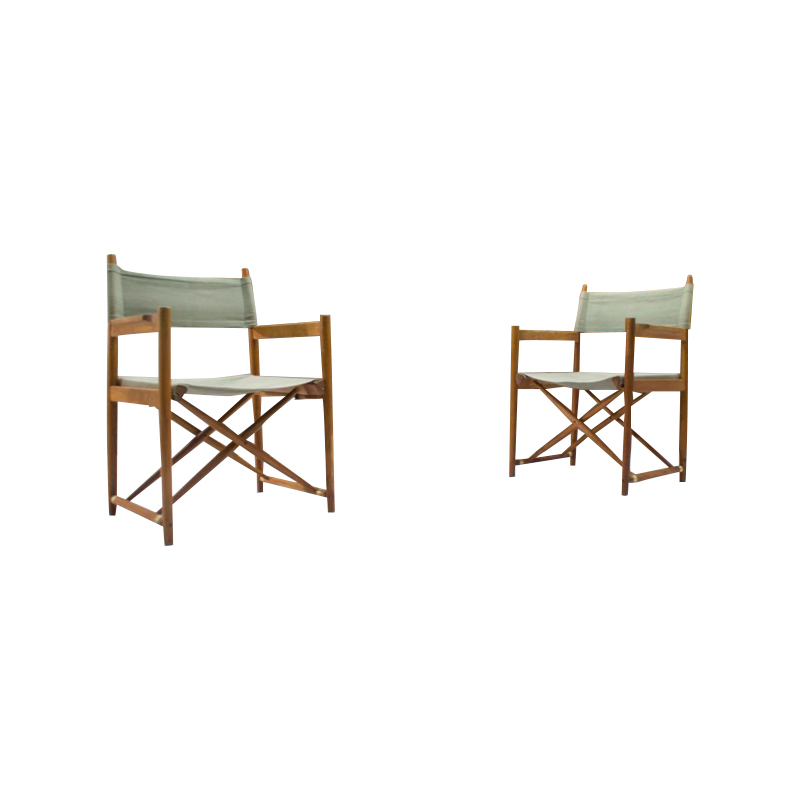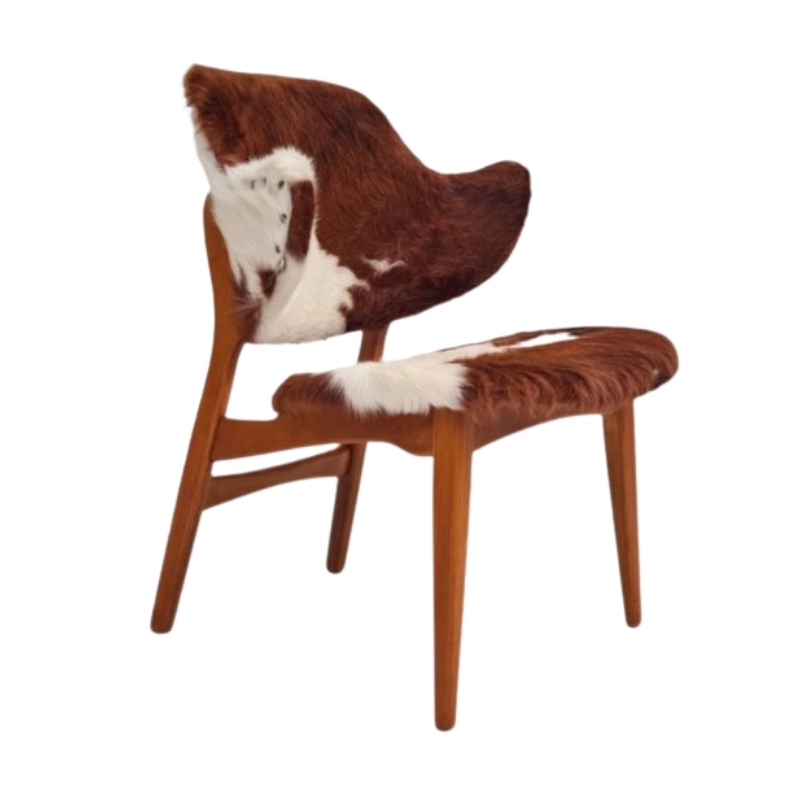Got a question for the esteemed panel of experts out there. What type of wood did kodawood use for their clam shell chairs? It takes stain quite well, it isn't beech or birch or oak or any lighter woods commonly associated with mid century design. It definitely isn't a hardwood and I can't tell based upon the smell of the wood dust. Was it a wood native to the southeast U.S. as kodawood was based in miami? I haven't seen any other furniture manufacturer of that era use this type of wood. I'll upload some pictures tomorrow of the sanded down wood showing the grain.
Pretty sure these were typically walnut and walnut veneers, Oskar.
http://www.hobbithouseinc.com/personal/woodpics/walnut,%20black.htm
Leif, you are the maestro when it comes to identification. American elm it is, some of the support pieces for the chairs usually have a light green discoloration that is common to american elm. Makes sense as it would have been a plentiful wood for them to work with at that time. Thanks for the help, much appreciated.
I really should have recognized it, Leif. I did a restoration of an 1880's butler's pantry years ago that was all old-growth elm vertical beaded tongue-and-groove paneling. Fortunately, all the original woodwork and cabinets that had been removed sometime in the early '60's had been neatly stored in a carriage barn and I was able to reuse almost all of it, including a quartered white oak section of counter top 5/4 X 24" X 9'. A single board! 110 years old and still dead flat! It was as if the guys who carefully dismantled it somehow knew that someday it would all need to be put back! I thanked their spirits many times over for it, too.
I remember getting a couple of nasty splinters from the elm and deciding to grind off most of the cut nails, which were *not* gonna come out without a fight.
If you need any help, please contact us at – info@designaddict.com


